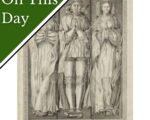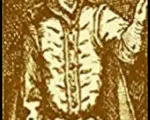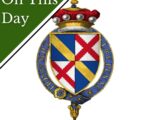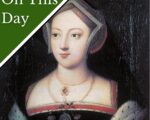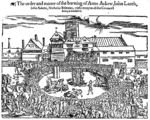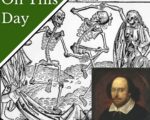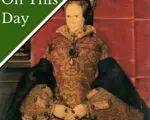
On this day in Tudor history, 31st July 1549, in the reign of King Edward VI, Edmund Sheffield, 1st Baron Sheffield, was killed in Norwich.
Twenty-eight-year-old was serving in the royal force led by William Par, Marquess of Northampton, during Kett’s Rebellion in East Anglia.
They were trying to take Norwich back from the rebels, but suffered a brutal attack in the streets for the city. Apparently, Sheffield stumbled into a ditch and then was killed by a blow from a butcher named Fulke.
[Read More...]



